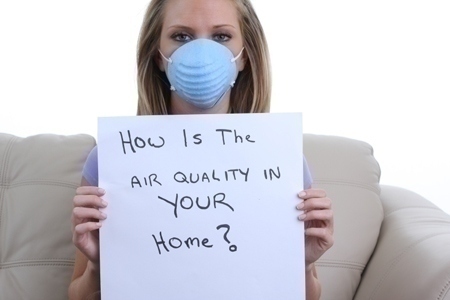 (MCT)—It’s rare that I catch one of these “specialty” months while it’s still ongoing, but today I’m right on top of September as Mold Awareness Month.
(MCT)—It’s rare that I catch one of these “specialty” months while it’s still ongoing, but today I’m right on top of September as Mold Awareness Month.
The observance is sponsored by the U.S. Environmental Protection Agency, which states that molds create “toxins that cause asthma, respiratory infections and chronic sinus problems.”
The agency attributes a threefold increase in asthma cases nationally in the last 20 years to mold.
Mold starts its life in a wet or damp area. Twenty-four hours of dampness is enough time for mold to begin to grow. The longer an area remains wet, the more toxic the mold is likely to be.
Other symptoms of exposure to toxic mold can include memory loss, flu-like symptoms, bleeding in the lungs, and difficulty speaking. If you experience any of these, contact your doctor immediately, or call the Centers for Disease Control and Prevention at 1-800-232-4636.
Mold can grow behind walls and under floors, above ceiling tiles, or behind shower walls — wherever there are wet materials mold can feed on, such as wood, ceiling tiles or plasterboard.
Once mold has been identified, professional remediation is highly recommended. It can regrow if not completely removed.
Question: I rent an older home with high ceilings, and in the bathroom there is no backsplash. The bathtub and shower are one of those one-piece prefabricated plastic items.
Every other month, I am scrubbing the wall above the plastic with Lysol trying to remove mold.
Is there something that I can do to prevent this from happening? Remodeling by the landlord will cause the rent to increase.
Answer: In light of what you have says about your landlord and remodeling, you need to be diligent and not shun periodic maintenance.
Still, I would bring the problem to the attention of your landlord. The long-term effect of mold on the value of his property should be pointed out to him.
If loss of equity isn’t enough to get to him, I don’t know what is.
©2014 The Philadelphia Inquirer
Distributed by MCT Information Services










